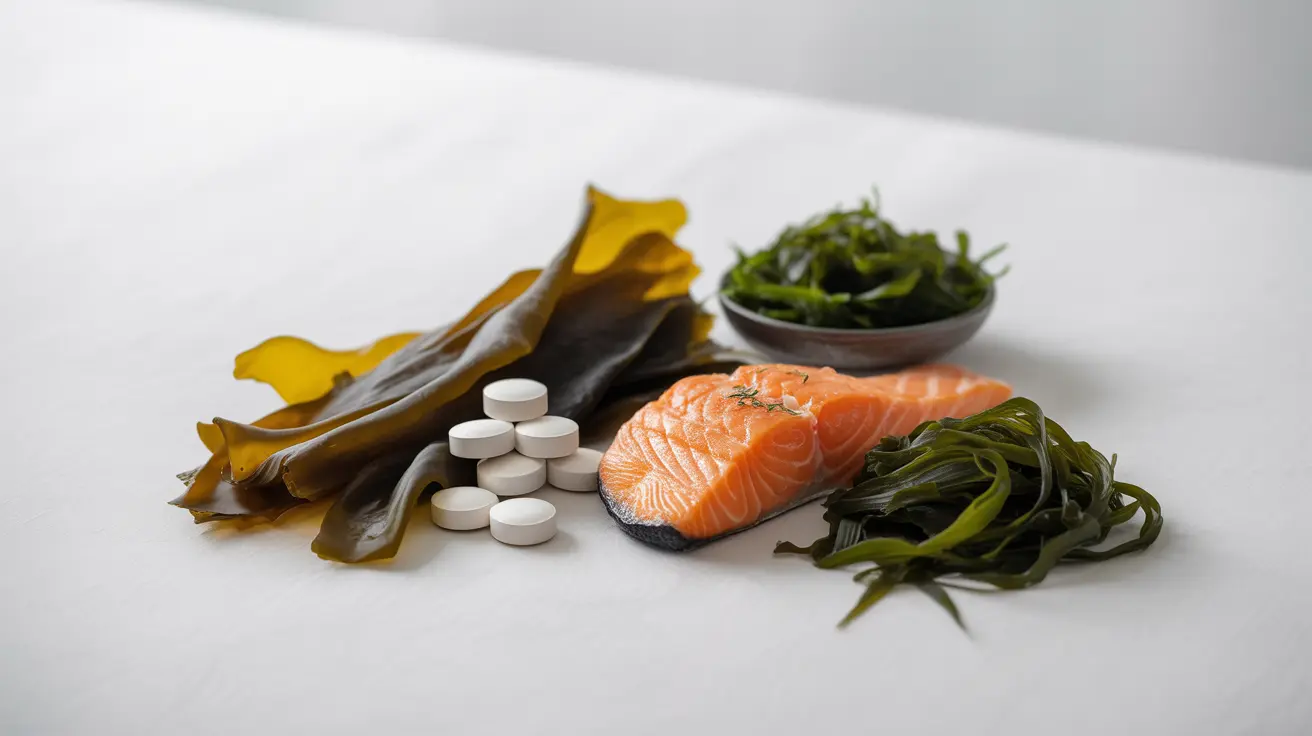Dry brushing, an ancient wellness practice gaining modern popularity, involves gently brushing the skin with a specialized dry brush before bathing. This technique has captured attention for its potential benefits in promoting skin health, improving circulation, and supporting overall wellness. Understanding the proper technique and safety considerations is crucial for incorporating dry brushing into your skincare routine effectively.
In this comprehensive guide, we'll explore the science-backed benefits of dry brushing, learn proper techniques, and address important safety considerations to help you determine if this practice is right for you.
Understanding Dry Brushing and Its Benefits
Dry brushing works by using gentle, methodical strokes with a natural-bristle brush on dry skin. This practice primarily affects the skin's surface and underlying tissues, potentially offering multiple health benefits when performed correctly.
Physical Benefits
The primary physical benefits of dry brushing include:
- Gentle exfoliation of dead skin cells
- Increased blood circulation to the skin
- Stimulation of lymphatic drainage
- Improved skin texture and appearance
- Enhanced skin cell turnover
Relaxation and Well-being
Beyond physical benefits, dry brushing can contribute to overall well-being through:
- Creating a mindful self-care routine
- Promoting relaxation
- Providing a gentle morning energy boost
- Supporting stress reduction through methodical practice
Proper Dry Brushing Technique
Choosing the Right Tools
Selecting appropriate equipment is crucial for effective dry brushing:
- Natural bristle brush (avoid synthetic materials)
- Long-handled brush for hard-to-reach areas
- Firm but not overly stiff bristles
- Clean, well-maintained brush head
Step-by-Step Process
Follow these steps for optimal results:
- Start with completely dry skin
- Begin at the feet and work upward
- Use gentle, circular motions toward the heart
- Spend about 3-5 minutes on the entire body
- Follow with a shower and moisturizer
Safety and Precautions
While dry brushing can be beneficial, certain precautions are essential:
- Avoid brushing on broken skin or active infections
- Use gentle pressure to prevent irritation
- Skip areas with severe sensitivity or inflammation
- Stop if experiencing any discomfort or adverse reactions
- Maintain proper brush hygiene
Maintaining Your Dry Brush
Regular maintenance ensures your dry brush remains hygienic and effective:
- Clean the brush weekly with mild soap
- Air dry completely between uses
- Store in a dry, well-ventilated area
- Replace the brush every 6-12 months
- Check regularly for worn bristles
Frequently Asked Questions
What are the main benefits of dry brushing for skin health and circulation? Dry brushing helps exfoliate dead skin cells, stimulate blood circulation, and support lymphatic drainage. It can improve skin texture and appearance while potentially enhancing overall circulation when practiced regularly.
How often and how should I dry brush my skin to avoid irritation? For most people, dry brushing 2-3 times per week is optimal. Always use gentle pressure, brush toward the heart, and limit sessions to 3-5 minutes to avoid skin irritation.
Is dry brushing safe for sensitive skin or people with skin conditions like eczema? People with sensitive skin or conditions like eczema should consult their healthcare provider before starting dry brushing. It may be too harsh for compromised skin and could worsen existing conditions.
Can dry brushing really reduce the appearance of cellulite or detoxify the body? While dry brushing may temporarily improve skin appearance through increased circulation and lymphatic flow, scientific evidence for permanent cellulite reduction or detoxification is limited. Any benefits in these areas are likely temporary.
What precautions should I take to properly clean and maintain my dry brush for hygiene? Clean your dry brush weekly using mild soap and water, allowing it to dry completely in a well-ventilated area. Replace the brush every 6-12 months or when bristles become worn or damaged to maintain hygiene and effectiveness.




